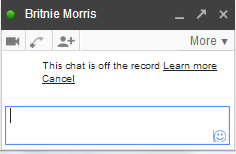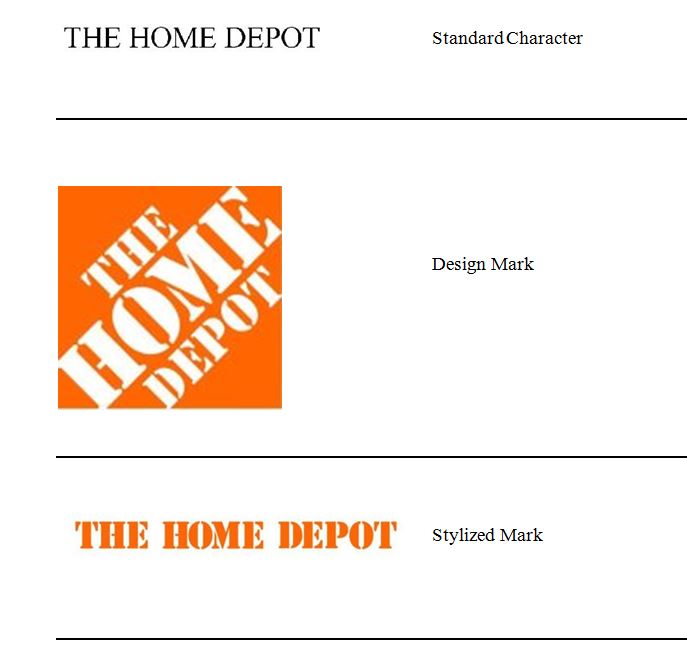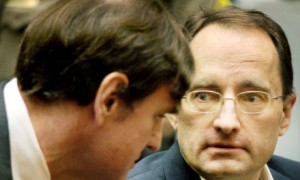Software Maker Runs into Licensing Wall: Implied and Express Warranty Problems
What is the significance of thinking of software as a “good”, as opposed to a “service”? A recent case showed that various implied warranties under the Uniform Commercial Code (UCC) apply only to sales of “goods”, but frequently will apply to software licenses. The case also showed how software makers can be held liable for promises they make about performance of their software, despite disclaimers in a software license agreement.
A software vendor licensed its software to a customer, who agreed to the vendor’s end user license agreement (EULA) as a condition of the transaction. The case is Rottner v. AVG Technologies, 12-10920-RGS (D. Mass, May 3, 2013) [pdf]. The software vendor argued that the customer’s agreement to the vendor’s EULA rendered inapplicable the customer’s reliance on warranties provided anywhere other than in the EULA. If correct, that would have meant that the only applicable warranties were those expressly made in the EULA, and the inapplicability of any warranties provided under law including under the UCC. But also inapplicable would be any warranties based on claims made by the vendor in any advertisements or promotions about the software’s capabilities.
Read More


 Given that trademark registration can be a costly process – filing fees for initial application for registering a single trademark are anywhere from $275 to $375 per class – smart business owners seeking to protect a unique brand will evaluate whether and how to register for a standard character trademark (name only) and/or logo trademarks.
Given that trademark registration can be a costly process – filing fees for initial application for registering a single trademark are anywhere from $275 to $375 per class – smart business owners seeking to protect a unique brand will evaluate whether and how to register for a standard character trademark (name only) and/or logo trademarks.
